Trauma bonds represent an emotional attachment between an abuser and their victim, usually formed due to consistent cycles of abuse and intermittent reinforcement of positive behavior. While the concept may sound challenging to grasp, a trauma bond is a term recognized in the realms of psychology and mental health counseling that helps explain why some people remain in unhealthy relationships long after the abuse begins. Understanding trauma bonds is crucial for breaking free from them and starting the path to recovery. At Relevance Recovery, we are committed to offering quality mental health treatment options to help individuals break free from the chains of trauma bonds and regain control of their lives.
Understanding the Dynamics of Trauma Bonds
A trauma bond forms in relationships where there is a cyclic pattern of abuse, which can be emotional, physical, or sexual. The cycle typically includes periods of intense negative interactions followed by periods of seemingly positive or affectionate behavior. These alternating behaviors create confusion and unpredictability, which trap the victim in the relationship.
The Psychological Grip
Intermittent Reinforcement
Intermittent reinforcement plays a central role in the formation of a trauma bond. It involves the abuser providing the victim with just enough positive reinforcement—through kindness, apologies, or moments of affection—to keep them hopeful for change. This inconsistency creates a scenario where the victim clings to the highs and endures the lows, thinking that the good times will return or that their abuser will change.
Emotional Highs and Lows
The high-stress emotional rollercoaster can be addictive. Victims of trauma bonds often compare this attachment to a drug addiction. The brain becomes wired to anticipate the unpredictable rewards, which makes it particularly difficult to detach from the abuser. The extreme lows and the subsequent highs flood the victim with powerful chemicals like cortisol and dopamine, enhancing the bond.
Isolation and Dependency
Abusers frequently isolate their victims from family and friends, making the victim increasingly reliant on the abuser for emotional and sometimes physical survival. This isolation enhances the dependency, as the victim feels they have nowhere else to turn.
Signs of a Trauma Bond
Understanding and recognizing the signs of a trauma bond is the first step toward breaking free. Here are some common indicators:
- Constantly Justifying Their Actions: Rationalizing or making excuses for the abuser’s behavior, despite clear evidence of harm.
- Blaming Yourself: Frequently thinking that you are at fault for the abuse or believing that you need to change to stop the abuse.
- Inconsistent Emotions: Experiencing overwhelming love or loyalty towards the abuser despite the abuse, coupled with periods of extreme anger or resentment.
- Isolation From Others: Feeling cut off from friends and family or being actively discouraged from maintaining outside relationships.
- Overwhelming Sense of Keeping the Relationship: A persistent, almost compulsory feeling to stay in the relationship regardless of the abuse.
Breaking Free from a Trauma Bond
Breaking free from a trauma bond involves a series of steps and actions to re-establish yourself apart from your bond. These include:
Recognizing the Pattern
Acknowledging that you are in a trauma bond is crucial. Educate yourself on the patterns and dynamics of abusive relationships. This knowledge can help you understand that the abuse is not your fault, and it is the behavior pattern of the abuser that needs addressing.
Seeking Professional Help
A trained mental health professional can offer the guidance and support needed to break free from a trauma bond. Therapies such as Cognitive Behavioral Therapy (CBT) can be particularly effective in changing negative thought patterns and behaviors. At Relevance Recovery, we have the expertise to tailor treatment plans specific to your situation, helping you break the cycle and regain control.
Reestablishing Connections
Reconnecting with family and friends who the abuser sidelined is another important step. These relationships can provide a support network that bolsters your resolve to stay away from the unhealthy relationship.
Self-Care and Empowerment
Focusing on self-care and activities that boost your self-esteem can gradually help you view yourself as deserving of kindness and respect. Engage in hobbies, exercise, or any activity that reinforces your sense of self-worth.
Setting Boundaries
Learning to set clear boundaries is vital in protecting yourself from further abuse. This might include cutting off all contact with the abuser or learning how to assertively say “no” to patterns of behavior that are harmful.
Legal Action
In some cases, legal measures may be necessary to protect yourself from the abuser. Restraining orders and other legal protections can be used to maintain physical and emotional distance.
Healing From Trauma and Trauma Bonds with Relevance Recovery
Breaking free from a trauma bond is a challenging but necessary step toward reclaiming your life and mental well-being. At Relevance Recovery, we understand the complexities involved in these emotionally-laden attachments and offer specialized mental health treatment options to help you on your journey to recovery.
If you or someone you know is struggling with a trauma bond, don’t hesitate to reach out for help. Contact Relevance Recovery today to explore how our compassionate and expert mental health professionals can support you in breaking free from the chains of trauma and stepping into a future of healing and empowerment. Your path to recovery starts now.









